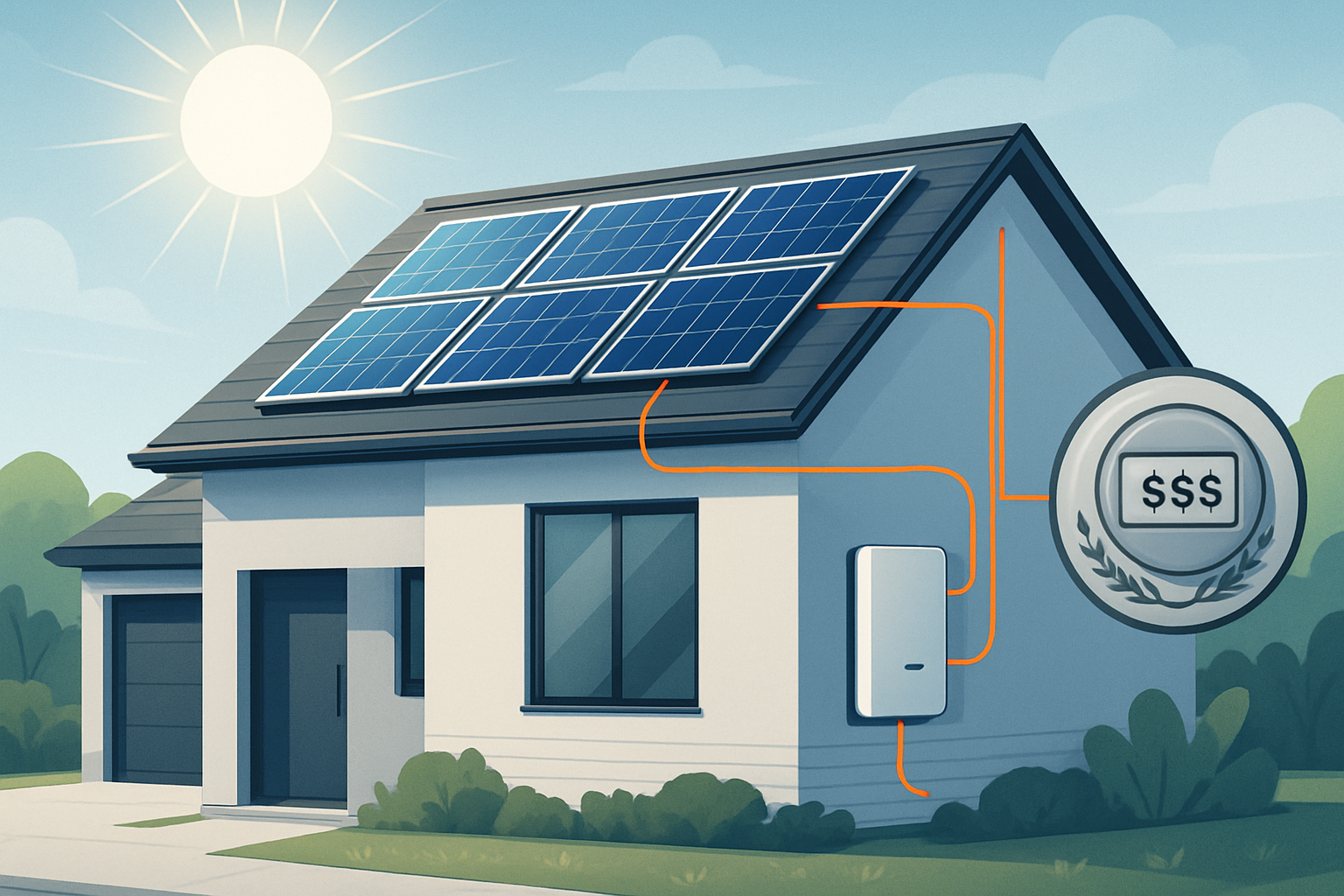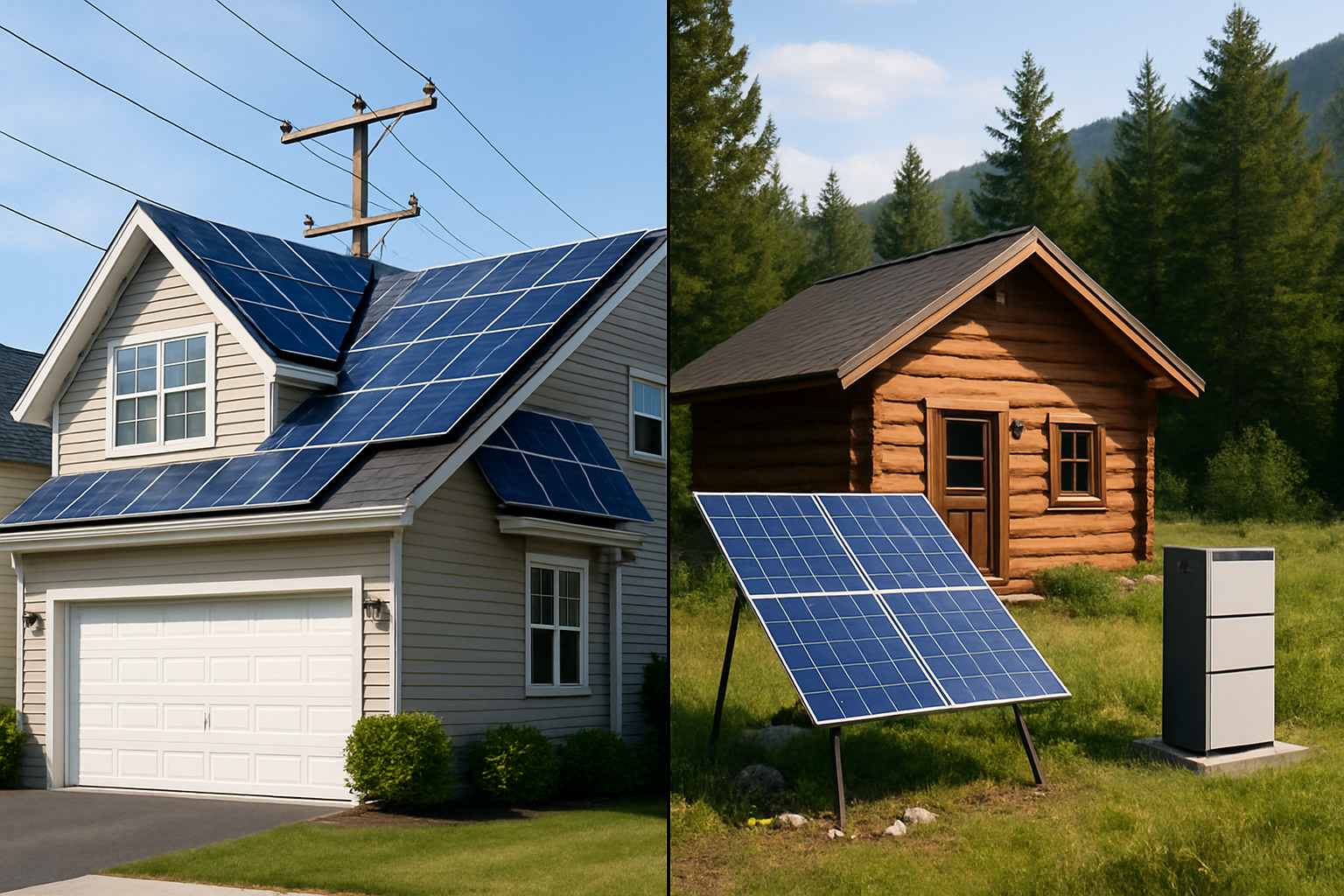Adopting solar energy represents a significant step towards energy independence and reduced utility expenses. For many, the decision hinges on understanding the initial investment and the time it takes to recoup those costs. This analysis provides a clear outlook on solar energy costs, examines projected price curves for 2025, and evaluates typical payback periods.
The Evolving Landscape of Solar Energy Costs
The cost of solar energy systems has seen dynamic shifts over the past decade. Initially, a rapid decline in solar panel prices drove widespread adoption. More recently, the industry has navigated new economic pressures and supply chain considerations.
Historical Price Trends and Influencing Factors
From 2010 onwards, solar photovoltaic (PV) module prices experienced substantial reductions, making solar power increasingly accessible. However, this trend saw a temporary reversal. According to the IEA's World Energy Investment 2023 report, solar PV modules were approximately 20% more expensive in early 2022 compared to one year prior. This increase was largely due to higher input prices for critical minerals, semiconductors, and bulk materials like steel and cement. These price pressures have since eased, indicating a market adjusting to global economic conditions and supply chain resilience.
Beyond hardware, "soft costs" — such as permitting, installation, and interconnection fees — comprise a significant portion of the total price, especially for residential systems. In the United States, these non-hardware costs accounted for up to 64% of the total price of residential solar energy systems. Efforts to streamline these processes, like those supported by the U.S. Department of Energy, have helped reduce permitting times and fees, making solar adoption faster.
Projecting 2025 Solar Price Curves
Looking ahead to 2025, several factors influence solar price curves. Policy support, technological advancements, and manufacturing capacity all play crucial roles in shaping the market.
Utility-Scale Solar PV Cost Projections
Utility-scale solar PV continues to be a cost-effective source of electricity. The levelized cost of electricity (LCOE) for utility-scale solar PV has generally trended downwards, making it competitive with traditional energy sources. The IRENA Renewable Power Generation Costs in 2024 report highlights ongoing cost reductions. Policymakers in regions like the United States (with the Inflation Reduction Act), Europe (REPowerEU Plan), and China (14th Five-Year Plan) are implementing measures such as tax credits, increased renewable targets, and manufacturing incentives that are expected to further drive down costs and accelerate deployment.
These policies aim to support domestic manufacturing and reduce reliance on volatile global supply chains, contributing to more stable and predictable pricing for large-scale projects. The emphasis on faster permitting processes in various countries also aims to reduce development costs and timelines.
Residential and Commercial Solar System Costs
For homes and businesses, the total installed cost of solar systems includes not only panels but also inverters, mounting hardware, and installation labor. While module prices have stabilized, the overall system cost continues to benefit from economies of scale and increasing competition. For instance, the average selling price of solar panels has seen fluctuations, but the broader market for complete systems remains competitive.
The integration of energy storage systems is becoming a more common addition to residential and commercial solar installations, influencing the total upfront cost but significantly enhancing the system's value proposition. As lithium battery manufacturing scales, the cost of these storage solutions is also becoming more accessible, making combined solar-plus-storage systems an increasingly attractive option.

Understanding Solar Payback Periods
The payback period for a solar energy system is the time it takes for the savings generated by your system to equal your initial investment. This period varies considerably based on several factors.
Key Factors Affecting Payback
- System Cost: The total upfront cost of your solar installation.
- Electricity Rates: Higher local electricity rates translate to faster savings and a shorter payback period.
- Solar Irradiance: Regions with more abundant sunshine generate more electricity, accelerating savings.
- Incentives and Rebates: Government tax credits, state rebates, and local programs can significantly reduce the net cost, shortening payback.
- Energy Consumption: How much electricity you use and when you use it impacts how much of your solar generation offsets your grid purchases.
- System Performance and Longevity: High-quality components and proper installation ensure consistent energy production over decades.
For example, a residential solar system in a region with high electricity prices and generous incentives might see a payback period of 5-7 years. In contrast, a similar system in an area with lower rates and fewer incentives could take 8-12 years to pay back. Utility-scale projects often have different financial models and longer operational lifespans, affecting their payback calculations.
Average Payback Periods and Regional Variations
While averages can be misleading without specific context, many residential solar systems in favorable markets typically achieve payback within 6-10 years. Commercial systems, depending on scale and business electricity consumption patterns, can also see similar or slightly longer payback times. Utility-scale projects, with their massive output, focus on long-term power purchase agreements (PPAs) that ensure profitability over 20-30 years.
Consider the impact of energy storage on payback. Integrating a high-performance, safe, and reliable lithium iron phosphate (LiFePO4) battery with your solar system allows you to store excess solar energy for use during peak demand hours or at night. This maximizes self-consumption, reduces reliance on grid electricity, and can significantly enhance the financial returns, potentially shortening the effective payback period by avoiding high-cost electricity purchases.
Here is a simplified overview of factors influencing solar payback:
| Factor | Impact on Payback Period | Explanation |
|---|---|---|
| High Electricity Rates | Shorter | Greater savings on electricity bills. |
| Strong Incentives (Tax Credits, Rebates) | Shorter | Reduces upfront cost, quickening cost recovery. |
| High Solar Irradiance | Shorter | More electricity generated, leading to more savings. |
| System Size (Appropriate for Usage) | Optimized | Matching generation to consumption avoids over/undersizing. |
| Inclusion of Energy Storage | Potentially Shorter/Enhanced Value | Increases self-consumption, avoids peak pricing, provides backup. |
| Permitting & Interconnection Efficiency | Shorter | Reduces soft costs and project delays. |
Maximizing Your Solar Investment
To truly maximize the return on your solar investment, consider comprehensive energy solutions that extend beyond just generating electricity.
The Role of Energy Storage
Integrating a robust energy storage system is a strategic move for many solar owners. Our advanced LiFePO4 batteries offer high performance, safety, and reliability. When combined with a hybrid inverter, these batteries form a cohesive home energy storage system. This setup allows you to store surplus solar power generated during the day and use it when the sun is not shining or when electricity prices from the grid are highest. This capability provides true energy independence, reducing your reliance on fluctuating grid prices and ensuring power during outages.
Optimizing System Design and Efficiency
Choosing the right solar solution involves more than just panel quantity. It requires a thoughtful design that considers your specific energy needs and future goals. For locations where grid access is limited or unreliable, off-grid solar solutions provide complete autonomy. These systems, often comprising solar panels, batteries, and a solar inverter, are tailored for homes, farms, or remote cabins, ensuring a consistent and self-sufficient power supply.
The solar inverter is a critical component, converting the direct current (DC) electricity from your panels into alternating current (AC) for your home or business. Selecting an efficient and reliable inverter optimizes energy conversion and overall system performance, directly impacting your long-term savings.
Concluding Thoughts
The solar energy landscape continues to evolve, presenting increasingly attractive opportunities for homeowners, businesses, and large-scale developers. While price curves may see minor fluctuations due to global economic factors, the overarching trend points towards more affordable and efficient solar technology. Understanding the factors that influence solar costs and payback periods empowers you to make informed decisions.
By considering integrated solutions, such as high-quality lithium batteries and advanced inverters, you gain not only a cleaner energy source but also enhanced energy security and greater financial control over your electricity consumption. Investing in solar power is an investment in a sustainable future and a tangible step towards achieving energy independence.





Leave a comment
All comments are moderated before being published.
This site is protected by hCaptcha and the hCaptcha Privacy Policy and Terms of Service apply.